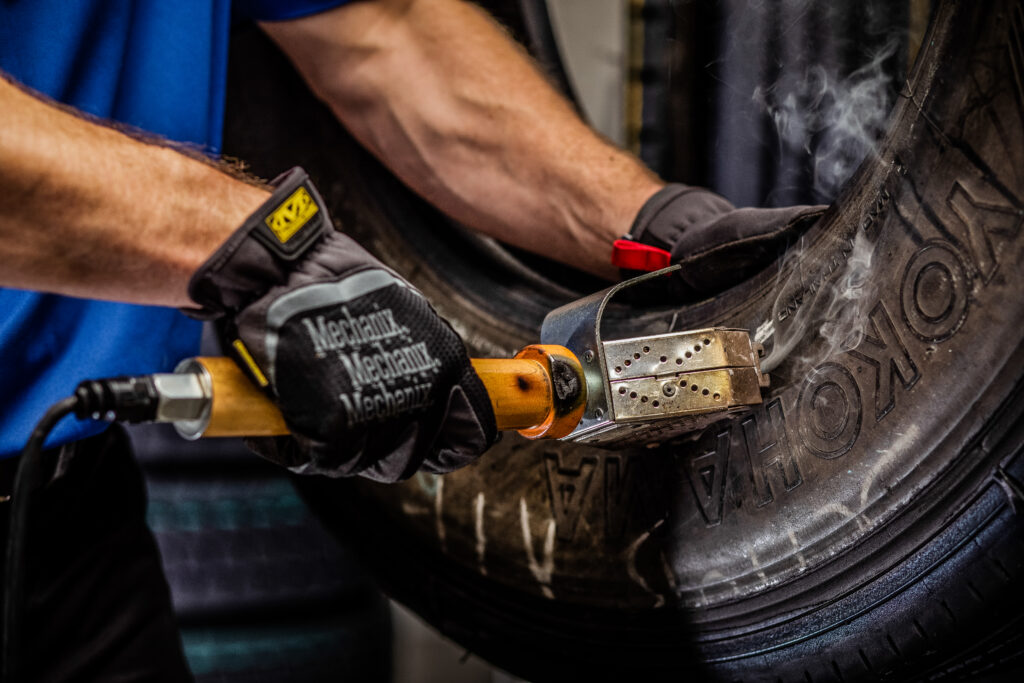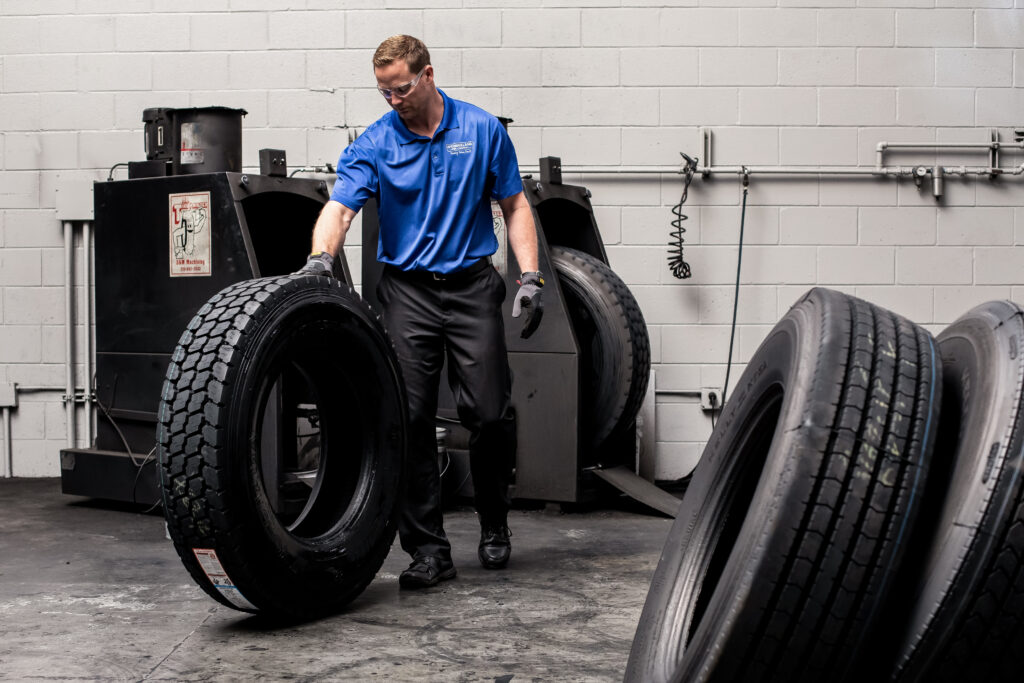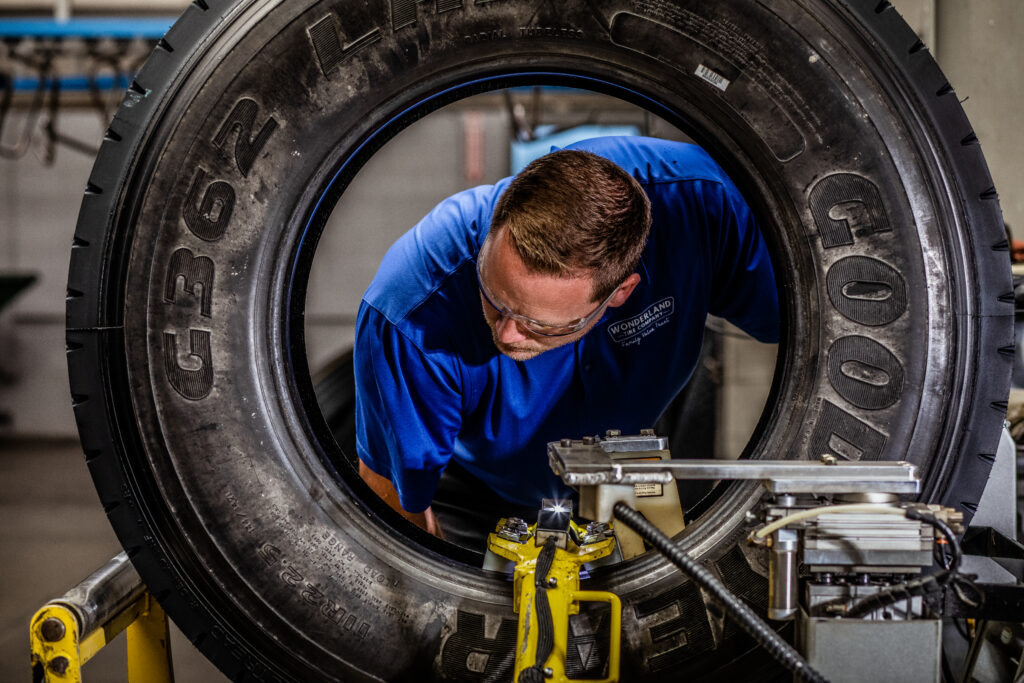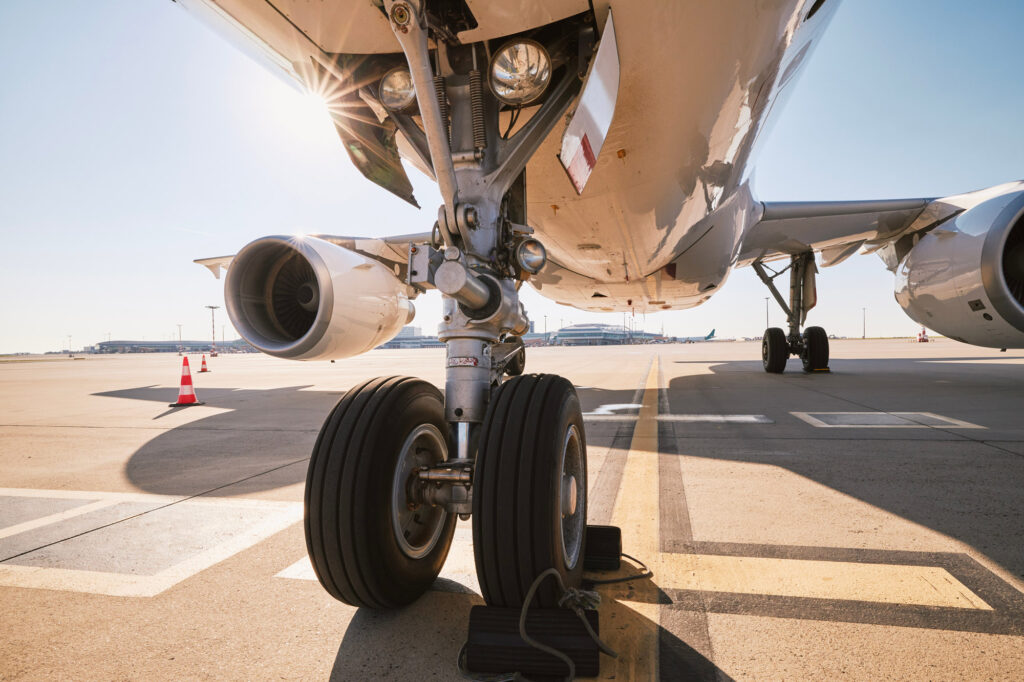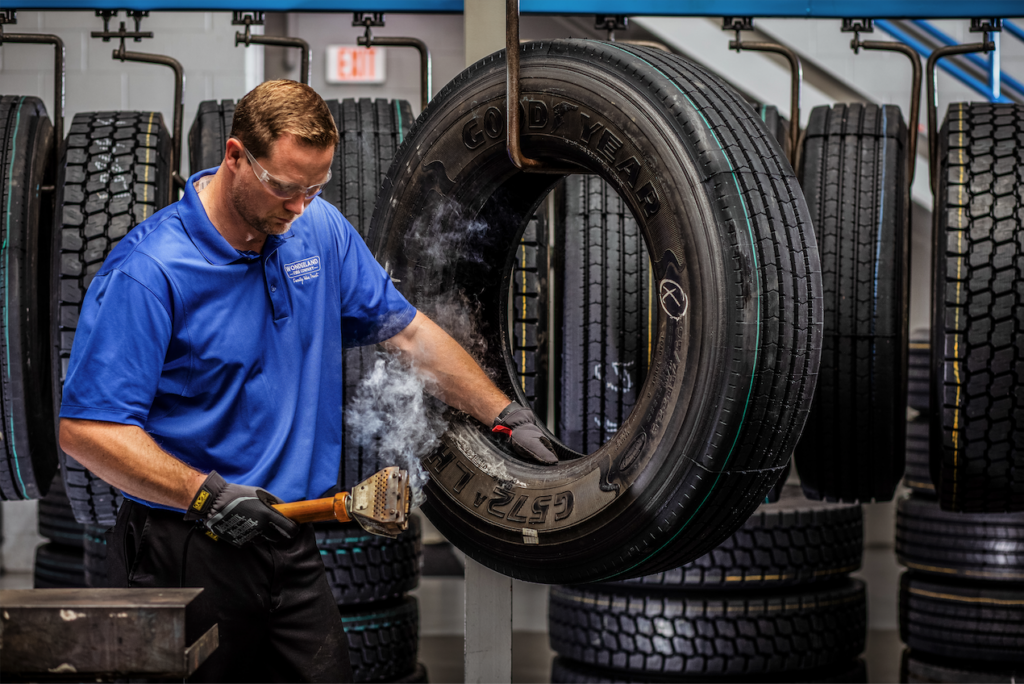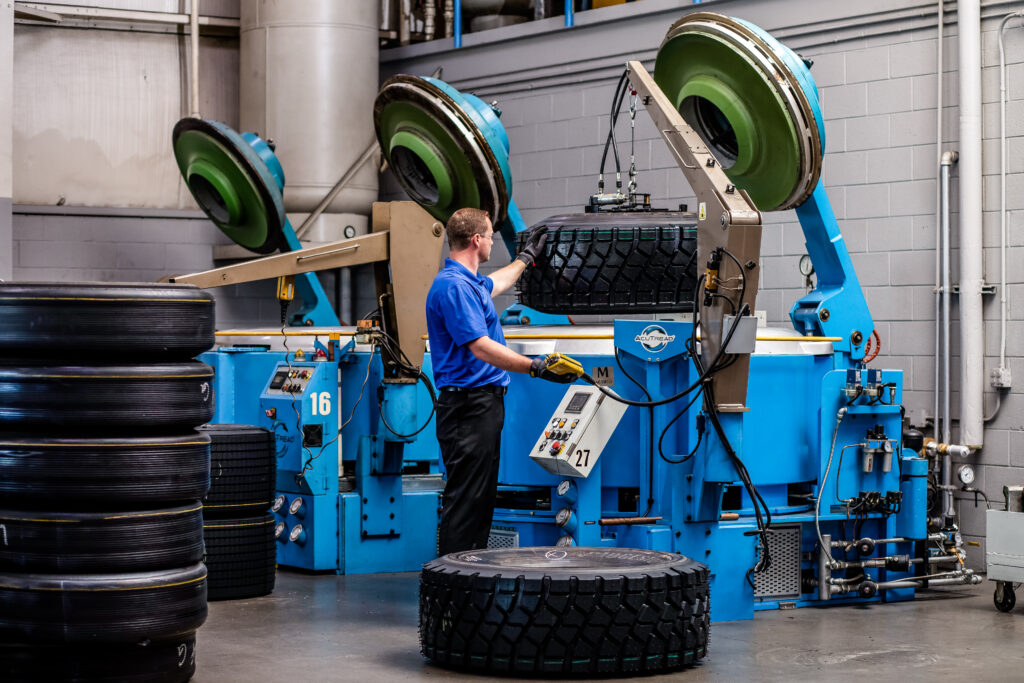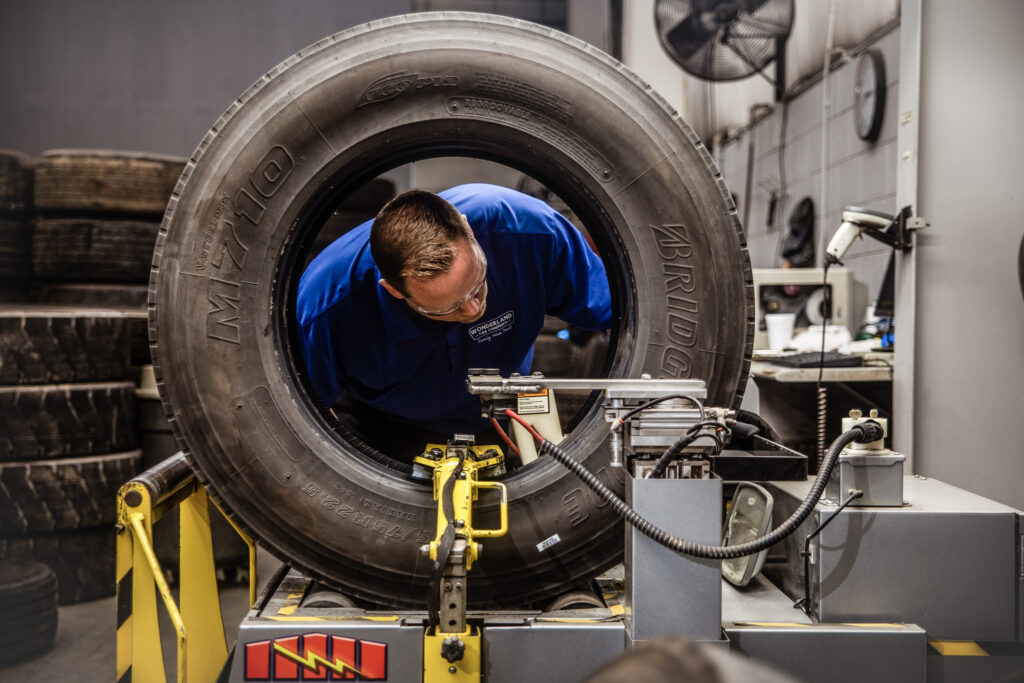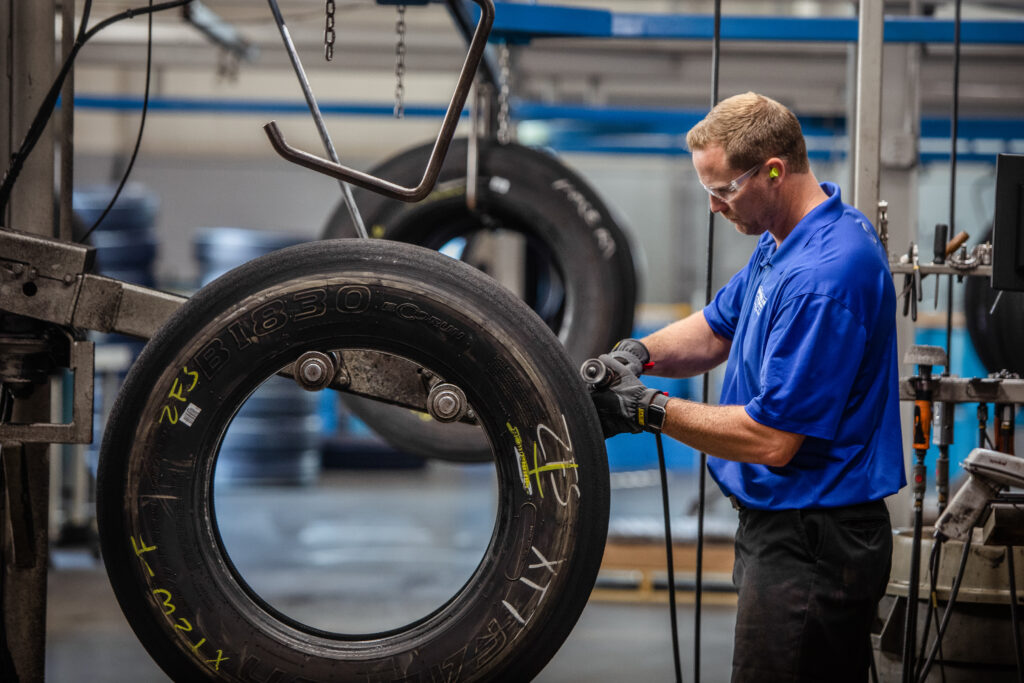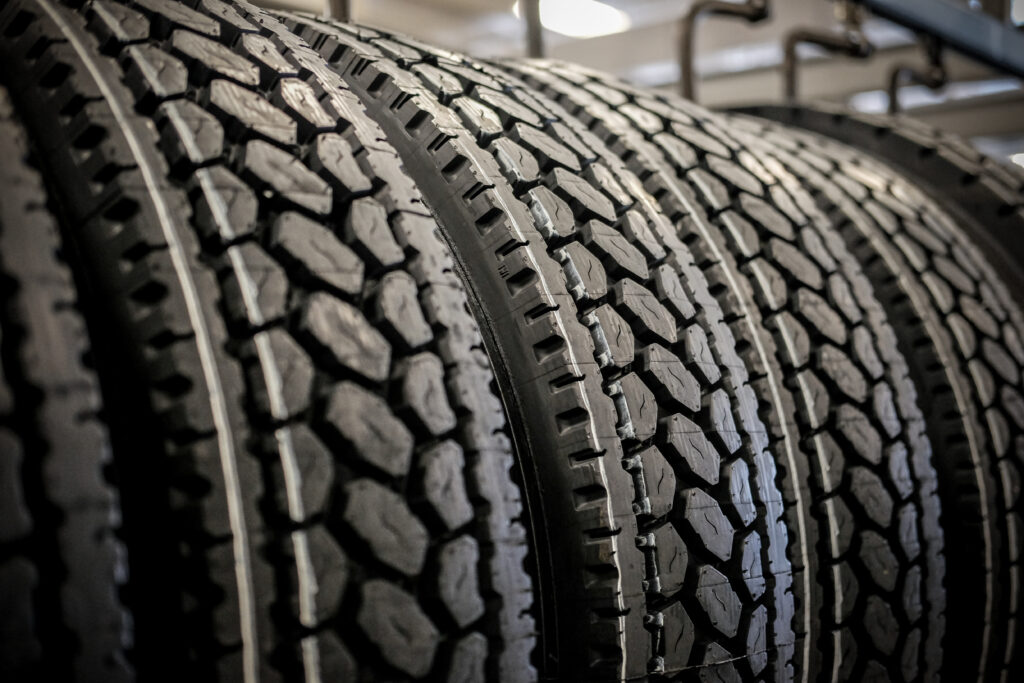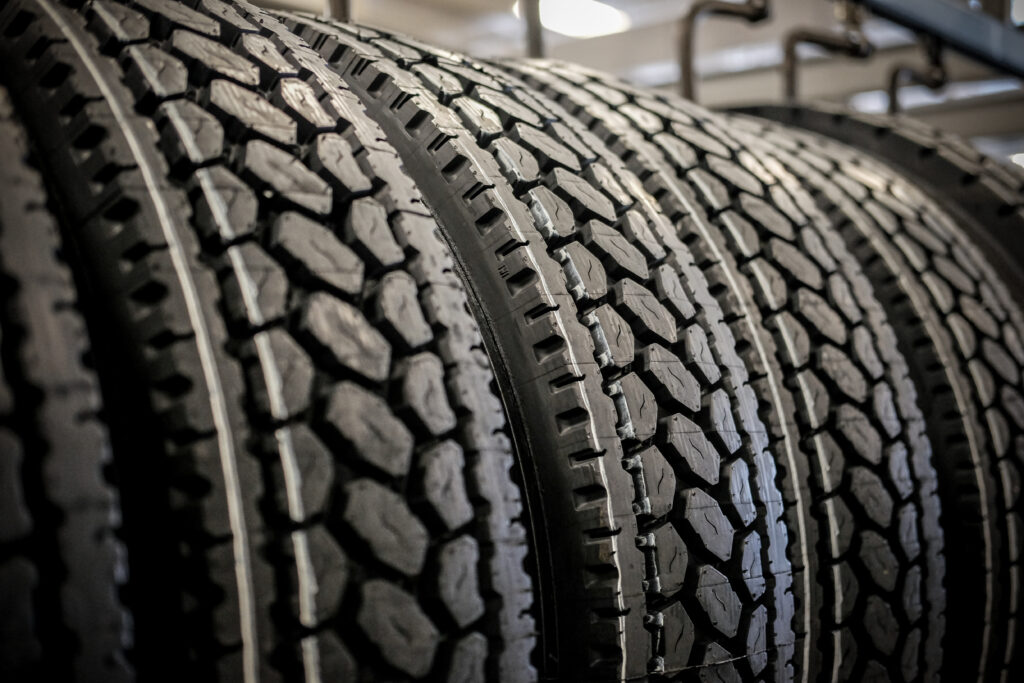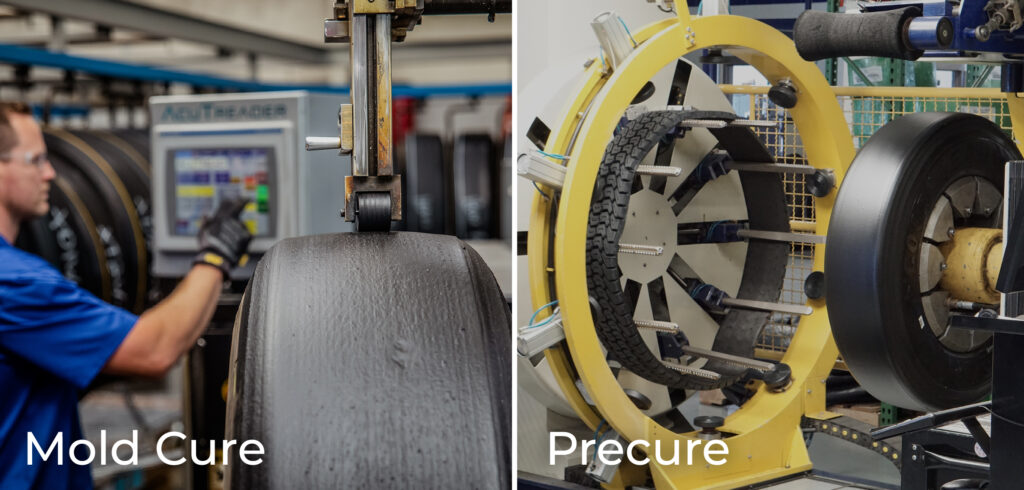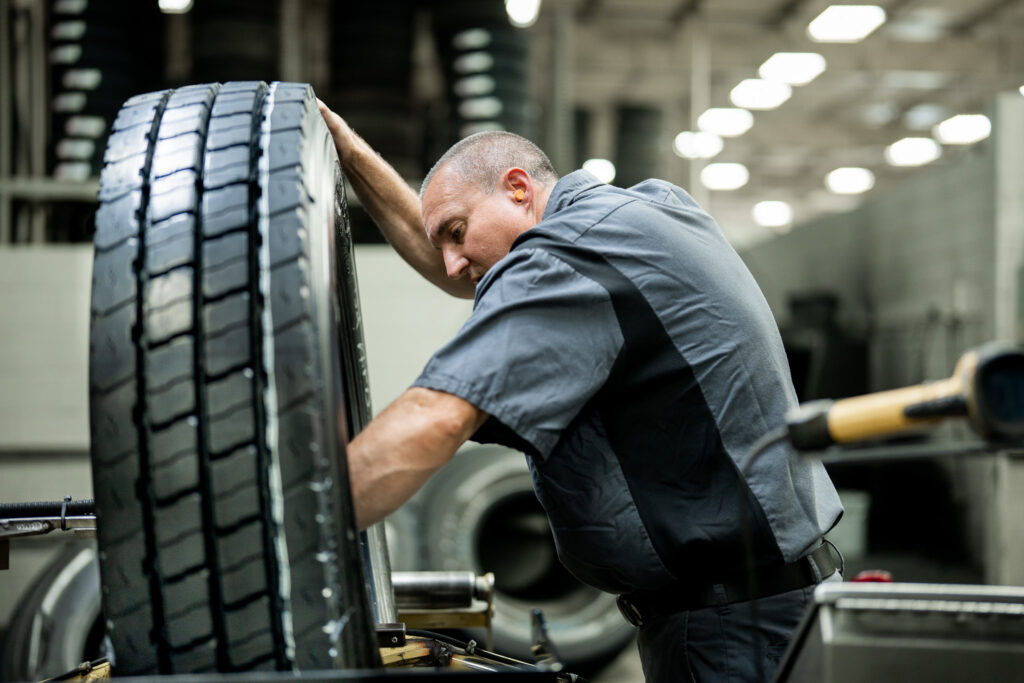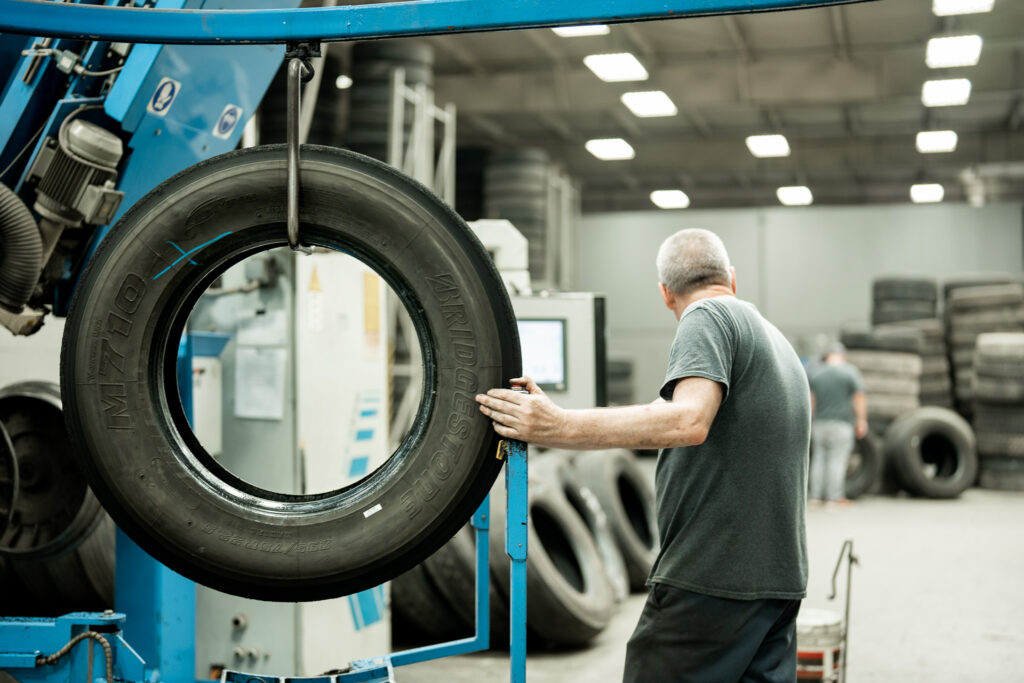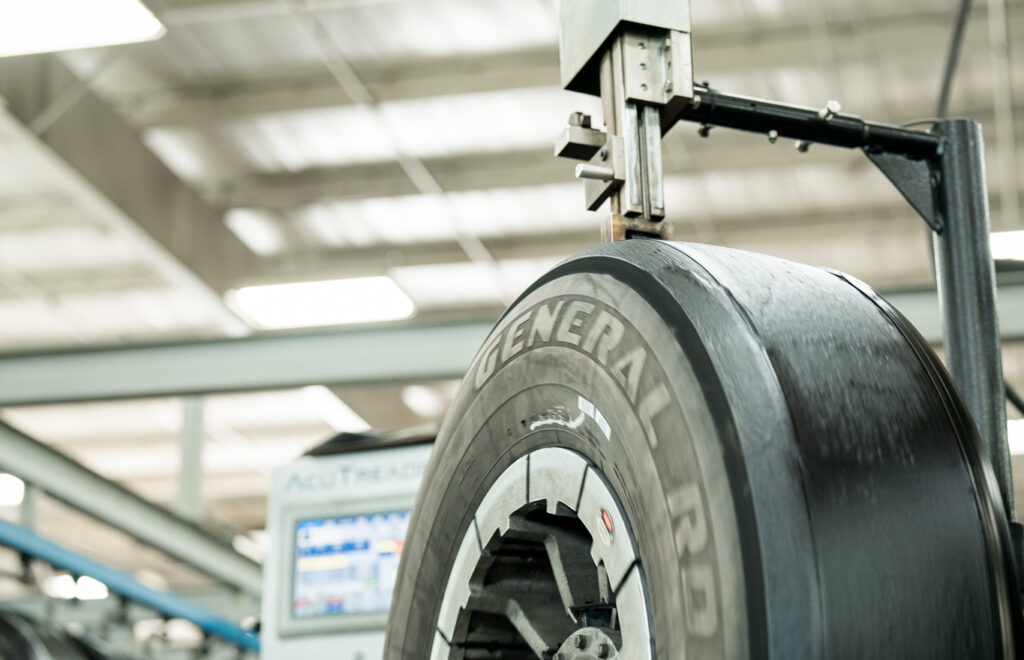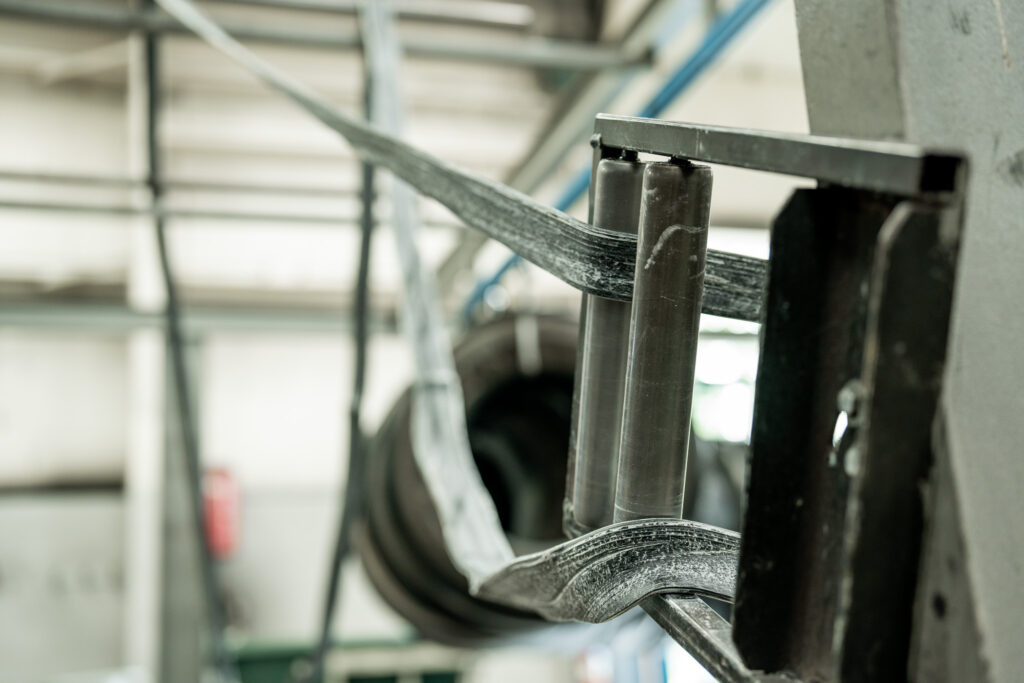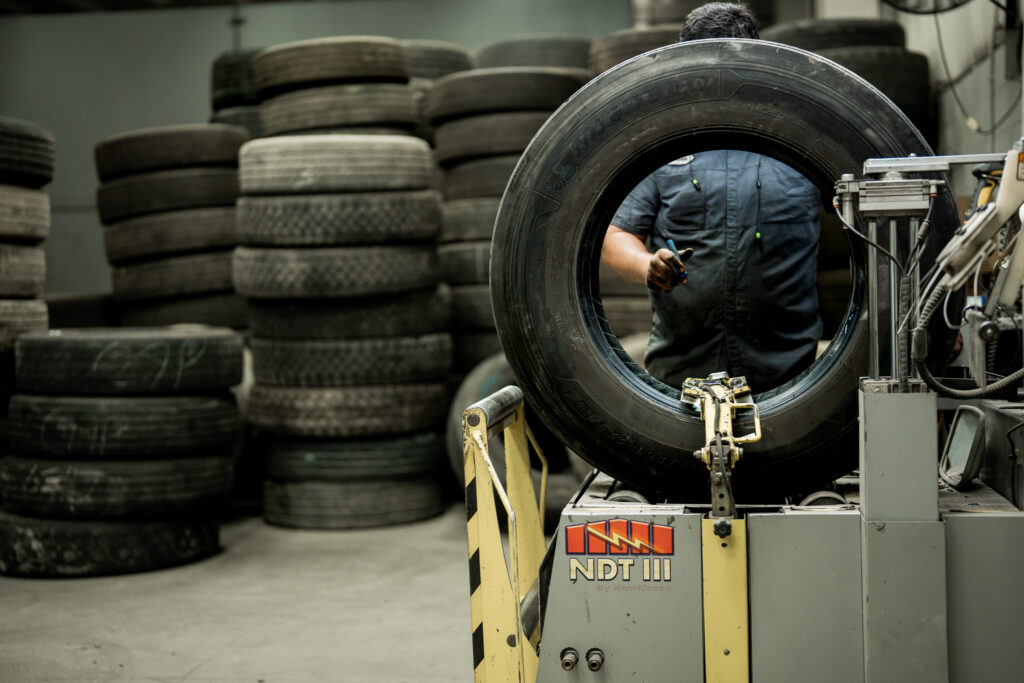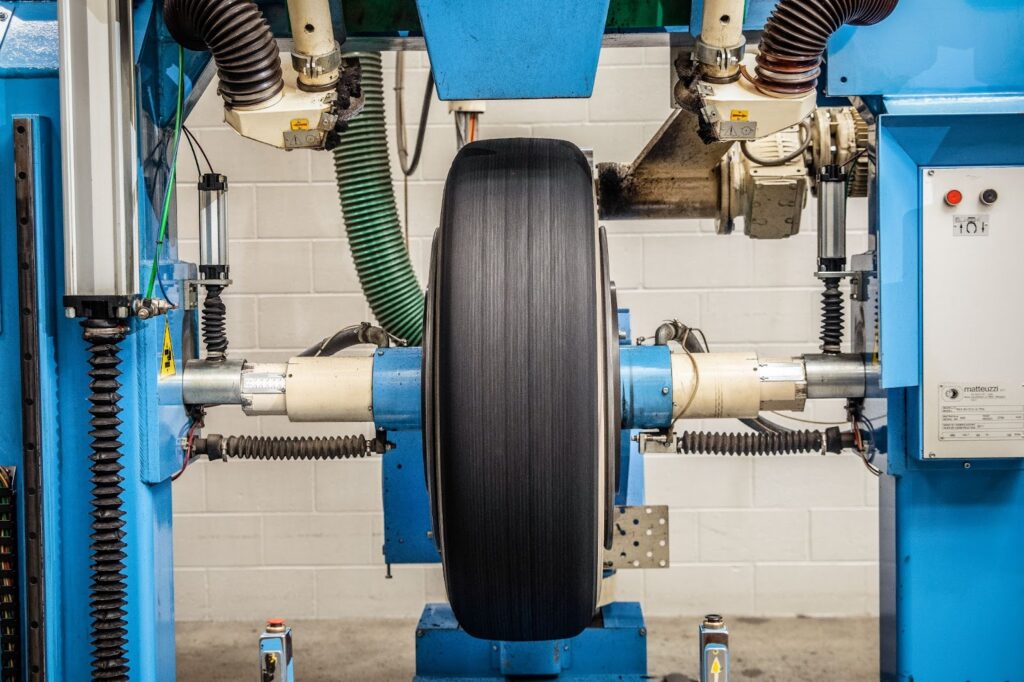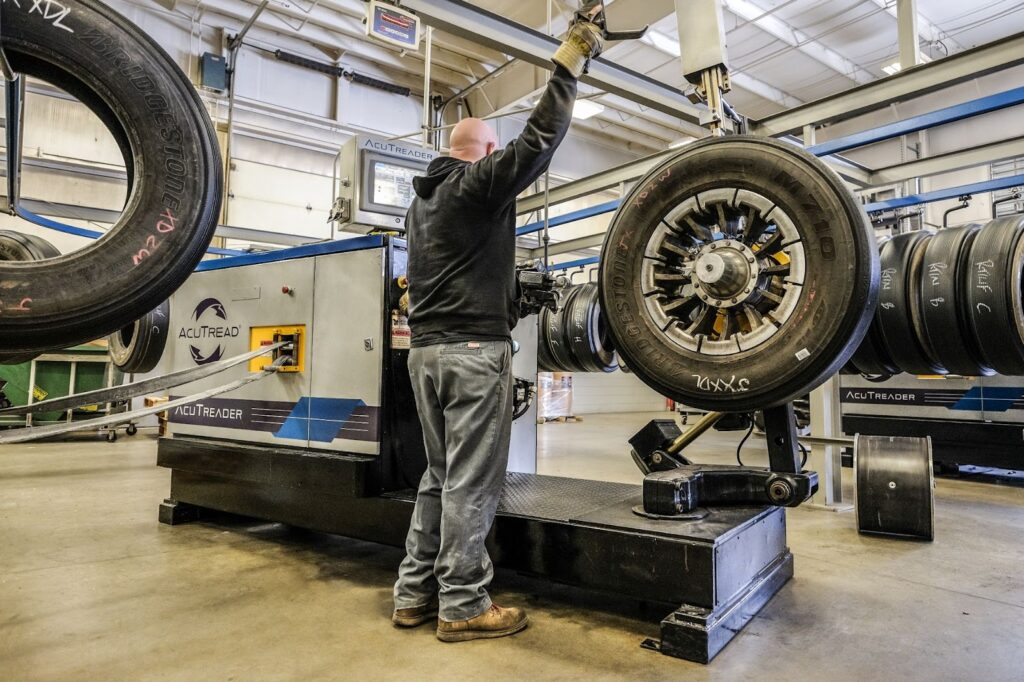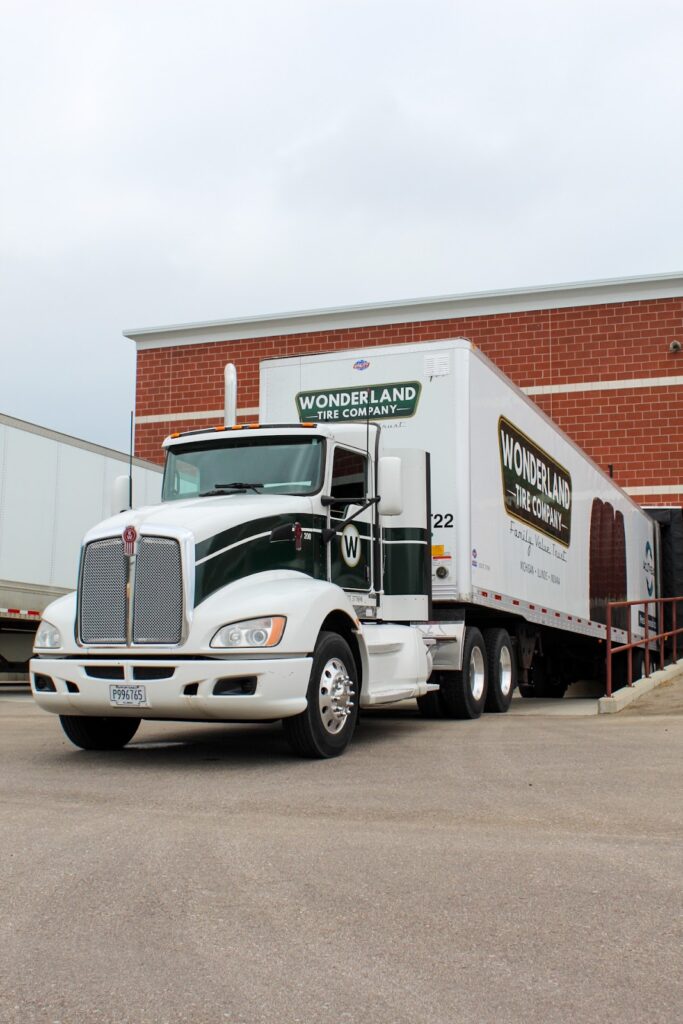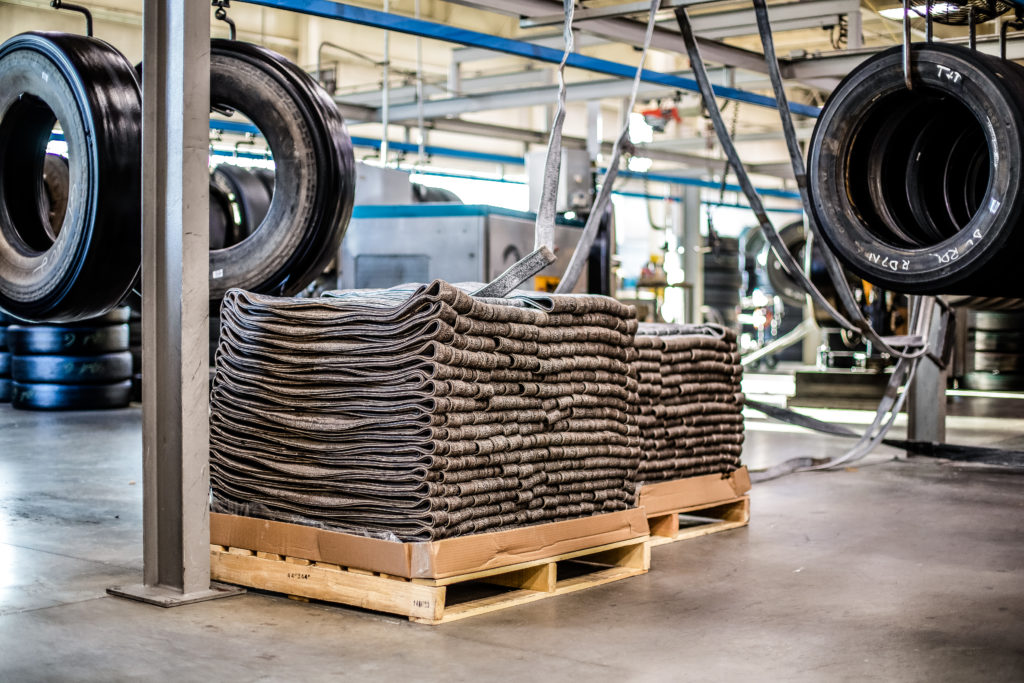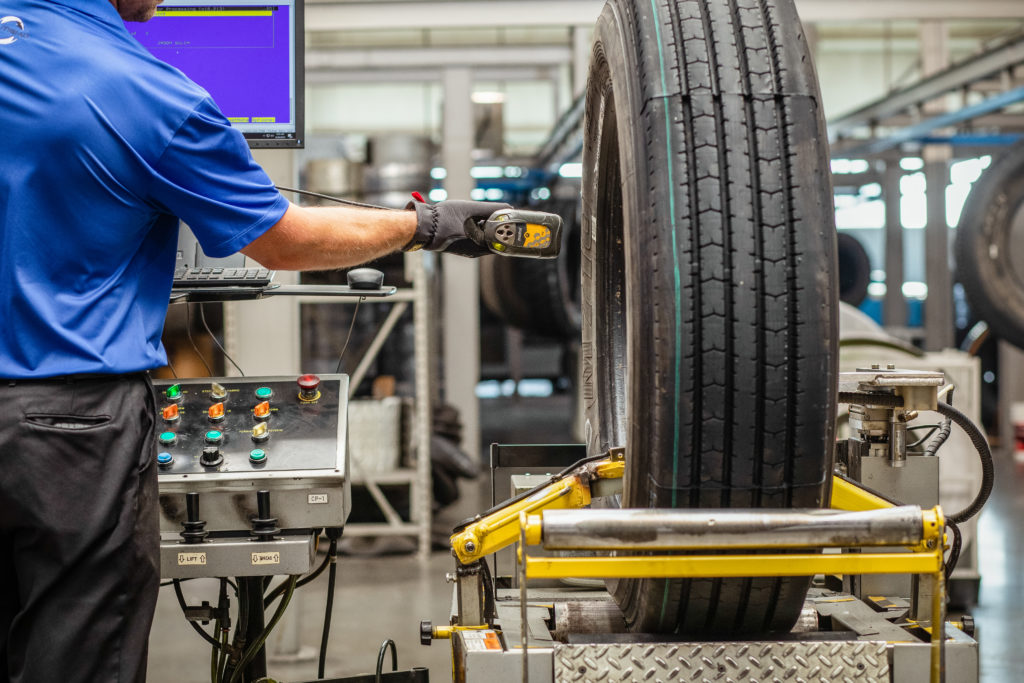Import Tires Vs. Premium Retread Tires: What’s Worth Investing In?

4 Reasons Why Investing in Premium Retreads Is Better Than Investing in Low-Cost Import Tires
It’s easy to think that switching to brand-new, low-cost tires imported from Thailand will be a better investment than retreading your worn tire casings for a comparable price. However, successful fleet owners know the truth: Buying premium tires and retreading their high-quality casings multiple times will bring you lower overall tire costs. So, for the sake of your fleet’s safety and ROI, you may want to consider the following four facts:
- Retreading is a more cost-effective investment.
- Retreading is a safer and more reliable investment.
- Retreading is a longer-lasting investment.
- Retreading is a more eco-friendly investment.
Import Tires Vs. Premium Retread Tires: Cost
Getting a brand-new import tire for such a low price may seem appealing to smaller fleets looking for a low-barrier entry to the market. However, don’t be fooled by the low price tag and overlook the true ROI that comes from investing in a high-quality premium tire and retreading your casings multiple times to reduce long-term costs.
A white paper debunking seven common retreading myths by Michelin quotes David Stevens, managing director of the Tire Retread & Repair Information Bureau, who said, “Smart fleet owners and owner-operators view their tires as an investment, not an expense. Instead of buying and then discarding the cheapest low-quality imported tire after a disappointing number of miles, fleets that view tires as an investment will buy a high-quality new tire that comes with a multiple retread guarantee.”
A premium retreaded tire costs 30-50% less than the price of a quality new tire. With this being said, there are several other things to consider beyond just the price when it comes to evaluating your cost savings with retreading. Learn more about the long-term cost benefits of retreading.

Import Tires Vs. Premium Retread Tires: Safety
Cheap tire imports often come without standardized testing and crucial data regarding rolling resistance and tire wear performance. More often than not, you get what you pay for. Avoid sacrificing safety for cost by investing in premium remanufactured tires.
Retreading Gives You an Assurance of Safety
American-made premium retreads that are remanufactured with state-of-the-art retreading processes are just as safe—if not safer—than new tires. The remanufacturing process meets the same standards as the original tire manufacturing process and follows many of the same steps. Retreaded tires are manufactured with only certified materials and undergo multiple vigorous inspections.
When it comes to appearance, aesthetics, and performance, tires that are remanufactured with advanced retreading processes both look and perform as well as new premium tires. For more information, Wonderland Tire, a co-developer of the AcuTread® process, answers the question “Are Retreads Safe?” in their guide to remanufactured tires and their benefits.
Import Tires Vs. Premium Retread Tires: Longevity
According to Michelin, retreading your premium tire casings just two times can give you 500% more miles per tire than a new, low-cost import tire. It’s as simple as that—and many fleet owners would agree! Eighty-nine percent of fleets with 500 trucks or more use premium tires and make sure to extend their lifespan by retreading them several times.
Learn more about the number of times your tires can be retreaded.
Import Tires Vs. Premium Retread Tires: Environmental Sustainability
Choosing to retread your premium tire casings instead of buying cheap, disposable import tires is also better for the environment, keeping millions of tires out of the landfill and saving millions of gallons of oil each year.
“A retread tire uses 15 gallons less oil and approximately 90-100 pounds less total material than a new tire. The U.S. and Canada tire retread industry therefore saves approximately 217.5 million gallons of oil and delivers 1.4 billion pounds of landfill avoidance on an annual basis,” said David Stevens, Managing Director of Tire Retread & Repair Information Bureau (TRIB).

Get More From Your Investment | The AcuTread® Difference
The AcuTread® remanufacturing process is a highly advanced retreading system, engineered second to none. It allows us to produce tires that are expertly built for safety, uniformity, reduced heat buildup, and longer tread life.
Contact us to discover just how much you could be saving each year with AcuTread®!
Retread Tires Near Me
Interested in retreading your tires with an AcuTread® manufacturer? We have dealers located across Michigan, Illinois, Indiana, Ohio, Kentucky, and Tennessee. Find an AcuTread dealer near you.


